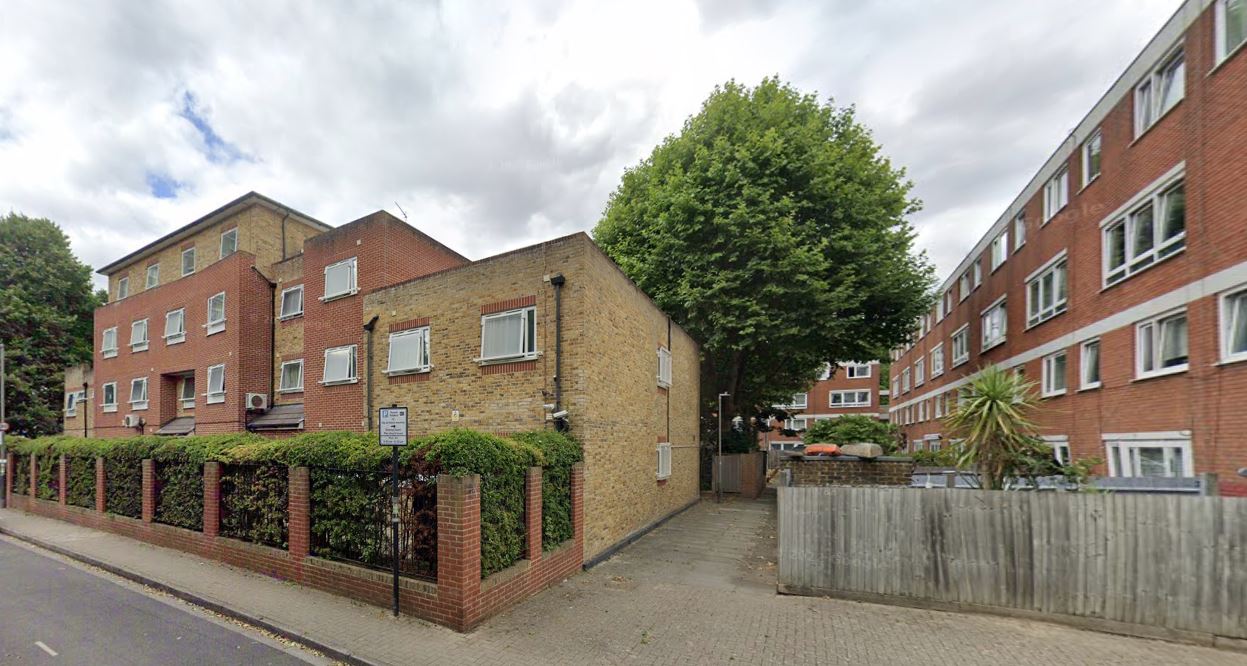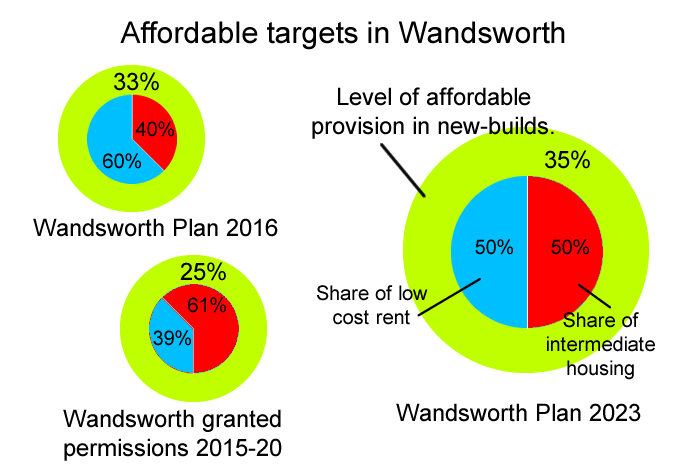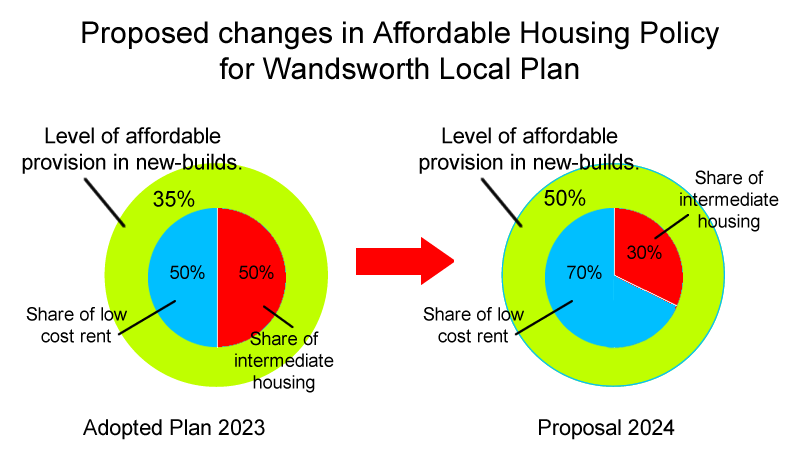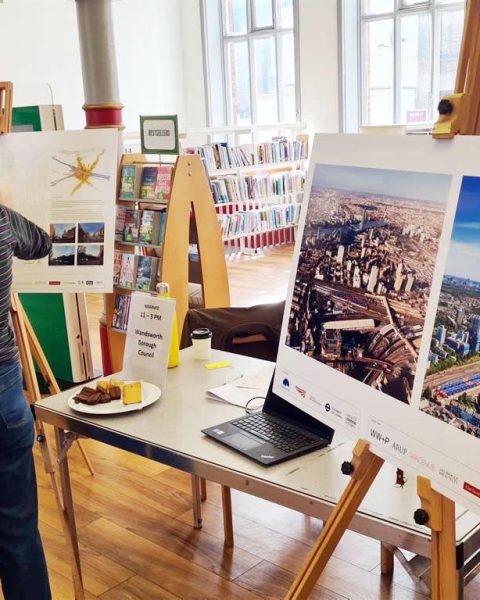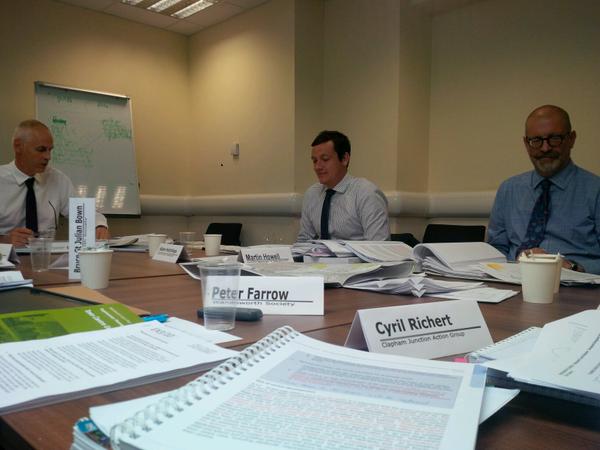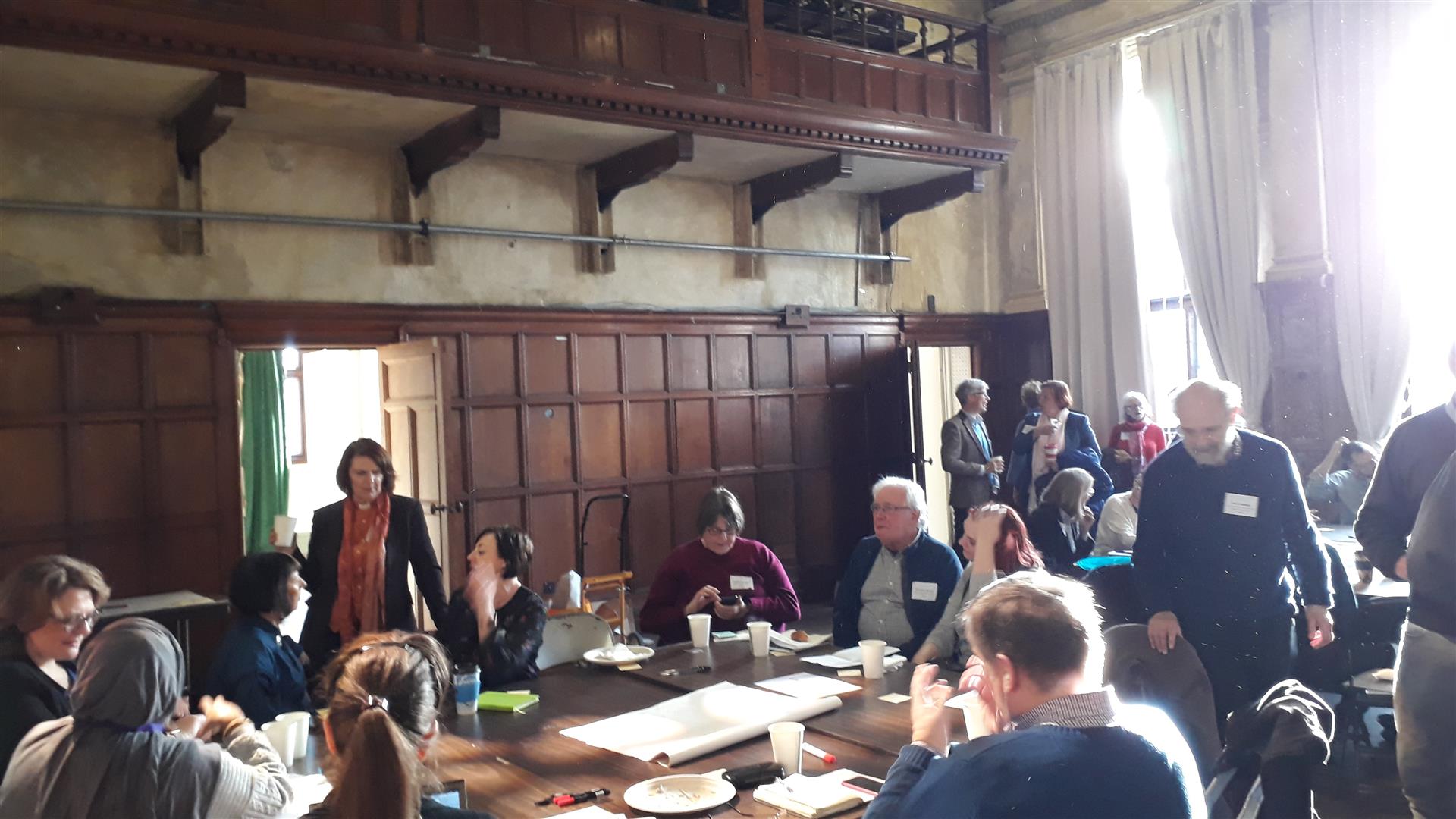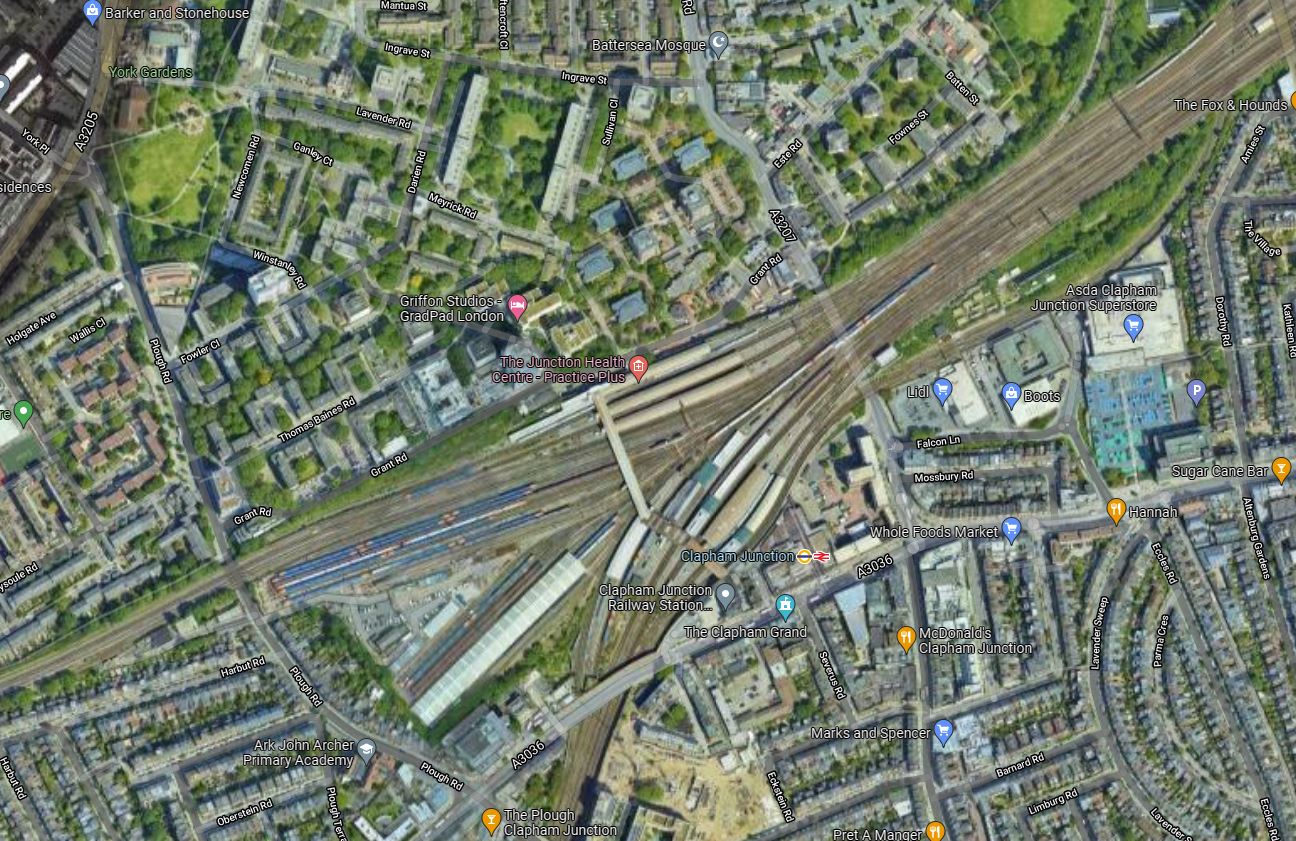Although affordability may seem like a very simple concept, something that one can afford with their money/earnings, it has become remarkably complex in pursuit of fulfilling the political agenda.
Initially, there were only two straightforward ideas: social housing and market rent. The concept of affordable housing emerged in 2011 when Grant Shapps in the Conservatives-Lib Dems government defined it as 80% of market rent. Then it was split between “affordable homes capped” at 50% market rent, while the rest was described as “discounted affordable”, and later Sadiq Khan added even more confusion when he talked about Genuinely Affordable, which can sometimes cover also intermediated housing or whatever is below market rent.
- More details in our article: A guide to understand affordable housing in Wandsworth
The Local Plan is a legal document that lays out rules and requirements for new developments to be determined by the Council and how the area should evolve in the future. In Wandsworth’s Local Plan, the minimum level of affordable accommodation in any new proposal is 35% (previously defined at 33%, but only 25% was achieved). Within the affordable quota, a new scheme should offer a split of half social housing and half intermediate units.
Decades of low investment in social and affordable housing in Wandsworth
Between 2015 and 2020, Wandsworth missed its overall target of Social/Affordable Rent units in all years except one (and every single year if we exclude the Nine Elms area, called VNEB), as shown in the table below.
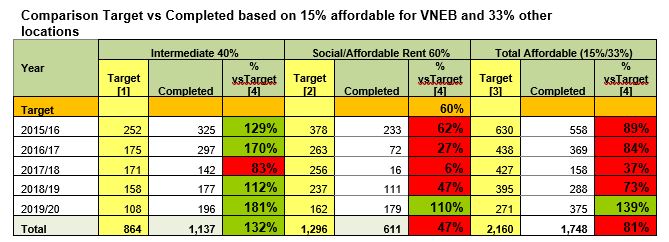
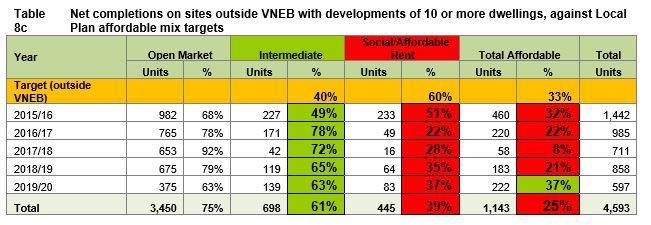
The policy was completely accepted by Wandsworth Council (if not by the councillors, at least by the officers). Martin Howell, Wandsworth Head of Planning Policy during the Local Plan review in 2015, commented that if the Council put a higher level of affordable housing, it would deter developers to build anything. The current level of affordable was “better than nothing“, he said. It was a sort of trickle-down theory applied to property development.
Over the ten year period 2012/13 to 2021/22, according to the Planning Services Housing Annual Monitoring Report (Housing Committee report September 2023), a net total of 16,671 homes were completed in the Borough of which 13,600 (82%) were for market housing and 3,071 (18%) were affordable. Of the affordable, 1,980 (65%) were for intermediate housing, generally shared ownership, and only 1,001 (35%) social/affordable rent.
This means overall Wandsworth delivered less than 7% social/affordable housing for the last 10 years, with the vast majority of the social/affordable rent homes being delivered as affordable rent rather than social rent.
A crisis exacerbated by the Conservatives’ Right to Buy policy
The Right to Buy (RTB) policy is a housing policy in the United Kingdom that allows council tenants (public housing tenants) to purchase their homes from the local government at a discount. The scheme was introduced in 1980 by the Conservative government of Margaret Thatcher, and it has been a major factor in the decline of the social rented sector, retained under the Labour government from 1997 to 2010 (although trying to mitigate the negative effect with measures such as limiting the discount) and reinvigorated when Conservatives came back to government afterwards, increasing discounts and reducing the qualifying period for tenants.
For instance, in 2012 the discount offered increased up to £75,000 on the purchase price of their home, while previously the maximum discount was capped at £16,000 in 2010, down from the £38,000 offered in 2003. The year after, the government raised that cash discount available for tenants in London to £100,000 and said that people would be permitted to purchase their home after three years instead of five. In 2016, the discount moved up again to £103,900 but also gave the possibility for Council tenants to only purchase a proportion of their home and pay a low rent on the rest.
Wandsworth was the first Council in the country to introduce the Right to Buy scheme, even before it was national policy with the Housing Act 1980, and was known as being Margaret Thatcher’s favourite London Council.
In 1987, when he was chairman of the property sales committee, Cllr Peter Bingle stated:
“My aim is to reduce the number of Council properties in Wandsworth from 35,000 to 20,000, and to make Battersea a Conservative constituency.”
Peter Bingle was a former flatmate of Ravi Govindia, the Tory Council leader who replaced Edward Lister in 2011. Under Govindia, Wandsworth Council fully achieved (and over-passed) the objective set by Bingle: As of 28th December 2012, they had a total of 33,170 freehold properties, but the lease was sold for 15,874 of them, which means that those former Council homes were owned by private owners under the right to buy (according to a Freedom of Information request made by the union GMB). In an article dated 2013, the Mirror also said that Wandsworth Council had sold off 24,000 properties under right-to-buy since 1978 (the difference may be explained by some new provision offsetting the loss).
A change in local policies to increase the affordable housing requirement
While the housing crisis has exacerbated in London, both the new London Plan and Wandsworth Local plan seem to set new goals that are below the previous targets. On the other hand, with no real intention to enforce the targets, previous numbers have been constantly missed.
This is what the new Labour administration wants to change, with an ambitious plan to build more Council Housing and force private developers to provide more social and affordable housing in their proposed schemes.
One way to achieve their goal is by building more Council homes. The previous Conservative administration in Wandsworth intended to construct 1,000 homes on the remaining council-owned land. Of these, 442 were to be council rental properties, while the remainder were to be market-rate homes for sale and shared ownership. Now, the current Labour administration has decided to convert all 1,000 homes to council rental properties.
At the end of 2022 , they also announced their decision to stop selling off Council properties (in the past Wandsworth justified selling its properties to buy smaller units, often replacing houses with flats).
Another way is by amending the Wandsworth Local Plan. It has just been approved in July 2023 but compiled under the previous Conservatives administration.
Aydin Dikerdem, Cabinet Member for Housing, said:
“We are already building 1,000 new council homes on our own land through our Homes for Wandsworth plan – and introducing landlord licensing to protect renters. Now we are seeking to ensure property developers contribute towards our vision of a fairer borough for all.”
While the adopted local plan was drafted under the Tory administration, the new Labour Council is now looking to amend the section dedicated to Affordable Housing (Policy LP23). It should include 3 major changes:
- Make mandatory for new housing developments in the borough to include a minimum of 50% affordable homes on-site.
- Get a higher percentage of new affordable homes to be genuinely affordable, with a preference for a 70/30 split in favor of social rent.
- Mandate affordable housing on smaller development sites that currently fall below the threshold of 10 or more homes (gross).
Hence, the requirement to provide social housing is much higher than in the previous targets and is more ambitious than the London Plan. Indeed, while the strategic target is for 50% of all new homes delivered across London to be “genuinely” affordable (Policy H4 page 172 of The London Plan 2021), the threshold level of affordable housing that is effectively required is only a minimum of 35% (Policy H5 Threshold approach to applications p 176).
In effect it means that all new developments (and not only major schemes as it was the case before) will have to provide double the amount of social housing (i.e. 35% of the total number of habitable rooms instead of 17.5% before).
On X (formerly Twitter) Aydin Dikerdem said:
“The collapse in the supply of social housing in favour of so called ‘affordable’ products that require an income of £60k-£90k a year is one of the key causes of the housing emergency. We need to rebalance this back in favour of social housing – which is real affordable housing!“
In addition, the Council intends to put much more pressure in favour of a housing mix on-site, while in the past, social housing was often dismissed from major developments.
Obviously, this is an important shift from the previous administration where a pragmatic approach was chosen, encouraging development in the hope that it would provide some level of affordability.
The Council is currently consulting on those changes until the 4th of December 2023 (a “Regulation 18 consultation”).
The Council is facing challenges in enforcing the proposed changes
According to a report published in January 2023 by the homelessness charity Shelter, three boroughs in South London rank among the top 10 local areas in England with the highest homelessness rates, and regrettably, Wandsworth is one of them, ranking seventh in the country (with Lewisham in sixth place and Southwark in eighth).
In 2022, it was estimated that 7,201 people were homeless and/or living in temporary accommodation arranged by the council in Wandsworth, which translates to one out of every 45 people, representing an increase of 56% since 2017. The report also highlights a concerning statistic, indicating that 3,337 children reside in temporary accommodation in Wandsworth.
Aydin Dikerdem said:
“Thousands of children in Wandsworth grow up in temporary accommodation and that is why we are urgently seeking social rented homes that give them security for the long-term.”
It remains to be seen how the Council is going to enforce their ambitious target.
The local policy document offers some flexibility and provides escape routes for developers to navigate the stringent requirements. As an example, it says (p441):
“The Plan sets out the approach that the Council will take to assessing such proposals and the mechanisms that it will adopt to ensure that schemes contribute fully should viability improve.”
In addition, developers can submit alternative plans if the level of affordable housing required on-site makes the proposed development unviable (often meaning that the developer does not make enough profit). Strategic Policy LP23 on Affordable Housing sets:
“Off-site provision of affordable housing will only be accepted in exceptional circumstances […]. In exceptional circumstances […] will the payment of a financial contribution to support the delivery and supply of affordable housing on another site in the borough be considered.”
The most recent example is the development proposed by Promontoria /Rockwell for Battersea Bridge. The latest email sent this week by the developers mentions 35% affordable, which could be in clash with the emerging policy requesting 50%. In addition, there is no specification on the split of social/intermediate housing, and in many major developments, social housing was kept at its minimum, if not totally missing.
- Read our article: EXCLUSIVE: A new gigantic tower could be proposed for Battersea Bridge
Even in Peabody’s redevelopment on St Johns Hill, the level of affordable housing represents only 50%, which means that in view of the new criteria Peabody is just be the same developer as any other provider of modern luxury flats. Forget about the vision set out by George Peabody in the 19th century to “ameliorate the condition of the poor and needy“; nowadays you will have difficulties finding the word “affordable” on their website.

In May 2022, Labour Cllr Peter Carpenter commented before the Council approving the latest plans for Peabody’s site:
“I’m a bit surprised that officers are recommending this because it clearly isn’t compliant with our housing needs assessment, I am even more surprised that Peabody, which was once a very respected housing charity for families is putting this forward because they look more and more like ordinary grubbing property developers”.
In the past, the favourite catchphrases used by planning officers to recommend a development in breach of planning rules was that “benefits outweigh harm,” including the fact that a new scheme contributes to the provision of new homes for London, which includes some level of affordable accommodation.
In 2015, Dave Clark, another senior planning officer, made a striking comment. Answering a question on “how can we build homes that the people who were born and raised here can afford to buy“, he said:
“We can’t – that’s never going to happen”.
A community group involved in planning review doubts about the feasibility of the enforcement and they commented:
“As laudable as this may seem, the economics of providing this quantum of “affordable” housing may mean that nothing will be built, except on Council owned land, to comply in the foreseeable future”.
As we wrote previously, having a clearer ‘starting position’ in an updated Local Plan could make it easier for Wandsworth to call the bluff of developers who somehow seem to argue that their particular development of a hundred or so flats is so marginally profitable that it can’t possible provide even the bare minimum of affordable accommodation, while at the same time telling their investors it’s brilliantly profitable.
It might also allow developers to lower the land value that they may pay, as the landowner would have more difficulties overselling the possibilities of a building scheme in total breach of planning policies.
UPDATE 09/11/2023: Article amended with data from Wandsworth Director of Housing and Regeneration’s report in September 2023 regarding the amount of social housing built on the last decade.


